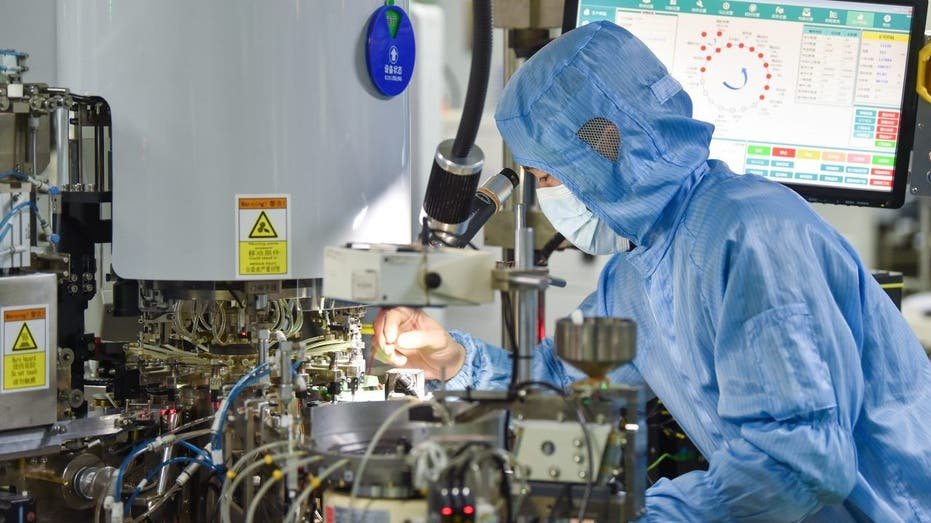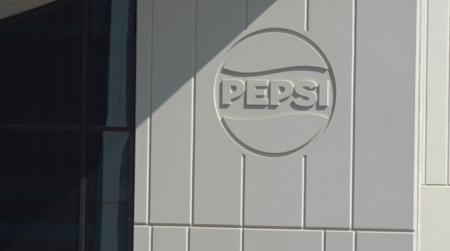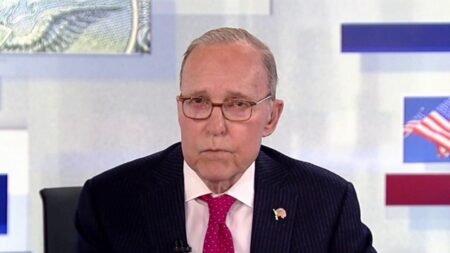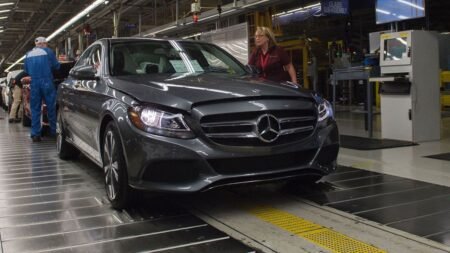President Donald Trump on Tuesday said he plans to impose auto tariffs “in the neighborhood of 25%” and similar tariffs on semiconductors and pharmaceutical imports in his latest moves to upend international trade.
Trump said on Friday that the auto tariffs could come as soon as April 2, the day after a review by his administration of options for a range of import taxes is due to be completed.
The president has long criticized what he calls the unfair treatment of U.S. auto exports in foreign markets.
For example, the European Union collects a 10% tariff on vehicle imports that’s four times the U.S. passenger car tariff rate of 2.5%. However, the U.S. collects a 25% tariff on pickup trucks from countries other than Mexico and Canada, a policy which helps keep pickup trucks a profitable segment for U.S. automakers.
WILL TARIFFS REDUCE TRADE DEFICITS? EXPERTS WEIGH IN
EU trade chief Maros Sefcovic is expected to meet with U.S. counterparts including Commerce Secretary Howard Lutnick, Trump’s nominee to serve as U.S. trade representative Jamieson Greer and National Economic Council director Kevin Hassett in Washington on Wednesday to discuss the various tariff threats.
Trump was asked whether the EU could avoid reciprocal tariffs and claimed that the EU has signaled its plans to lower its tariffs on U.S. cars to the U.S. rate, although EU lawmakers have denied doing so. He also said he would press EU officials to increase U.S. imports of cars and other products.
TRUMP SIGNS RECIPROCAL TARIFF PLAN: ECONOMISTS WEIGH IN ON HOW IT COULD WORK

On Tuesday, Trump told reporters at his Mar-a-Lago estate in Florida that tariffs on pharmaceuticals and semiconductor chips would also start at “25% or higher” and rise substantially over the course of the year.
Trump didn’t specify a date for announcing those duties and said he wanted to provide some time for drug and chipmakers to set up U.S. factories so they can avoid tariffs. He also said that he expects some of the biggest companies in the world to announce new investments in the U.S. in the next couple of weeks, though he provided no further details.
WHO GETS HIT HARDEST BY STEEL AND ALUMINUM TARIFFS?

Since taking office on Jan. 20, Trump has imposed a 10% tariff on all imports from China on top of existing tariffs due to its role in fentanyl trafficking.
Trump also announced 25% tariffs on goods from Mexico and non-energy imports from Canada, while taxing Canadian oil and gas at a lower 10% rate. He delayed those tariffs until at least early March after the two countries announced border security measures.
He has also announced a March 12 start date for 25% tariffs on all imported steel and aluminum, closing exemptions for Canada, Mexico, the EU and other trading partners. Trump also indicated these tariffs would apply to downstream products made of steel and aluminum, such as electrical conduit tubing and bulldozer blades.
Trump’s reciprocal tariff plan was announced last week and will begin with his economic advisers devising plans to match U.S. tariffs to every country’s tariffs on American exports on a product-by-product basis.
Reuters contributed to this report.
Read the full article here
















